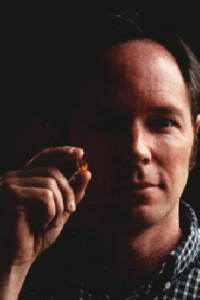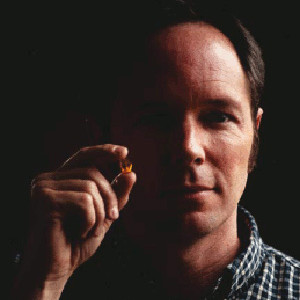The Sewanee Amber Collection consists of 154 pieces of fossil-bearing Baltic amber. The amber was collected from a mine near Kaliningrad, Russia (formerly Koenigsberg, Prussia) in 1889 by American mining engineer Henry de Meli.
 In 1945, de Meli’s daughter Marie Bischoff fled Dresden, Germany with the collection before the advancing Russian army. The collection was ultimately given to the University of the South in 1965, where it remains in the University Archives. Retired University of the South Biology professor Harry Yeatman and his wife Jean Yeatman were responsible for acquiring the collection for the University and for identifying the organisms trapped in the amber.
In 1945, de Meli’s daughter Marie Bischoff fled Dresden, Germany with the collection before the advancing Russian army. The collection was ultimately given to the University of the South in 1965, where it remains in the University Archives. Retired University of the South Biology professor Harry Yeatman and his wife Jean Yeatman were responsible for acquiring the collection for the University and for identifying the organisms trapped in the amber.
 In the spring of 2000, Geology professor Martin Knoll transported the collection to the University of Hamburg, Germany, where the samples were systematically studied by renowned amber expert Dr. Wolfgang Weitschat. Select samples were prepared and photographed by Weitschat. The photomicrographs of these samples appear on the following pages. In accordance with the practice of the times, the amber samples were cut into small cubes shortly after their collection in order to isolate and highlight the individual fossils. Through over 100 years of exposure to oxygen and light the samples have become darkened and their surfaces cracked.
In the spring of 2000, Geology professor Martin Knoll transported the collection to the University of Hamburg, Germany, where the samples were systematically studied by renowned amber expert Dr. Wolfgang Weitschat. Select samples were prepared and photographed by Weitschat. The photomicrographs of these samples appear on the following pages. In accordance with the practice of the times, the amber samples were cut into small cubes shortly after their collection in order to isolate and highlight the individual fossils. Through over 100 years of exposure to oxygen and light the samples have become darkened and their surfaces cracked.


